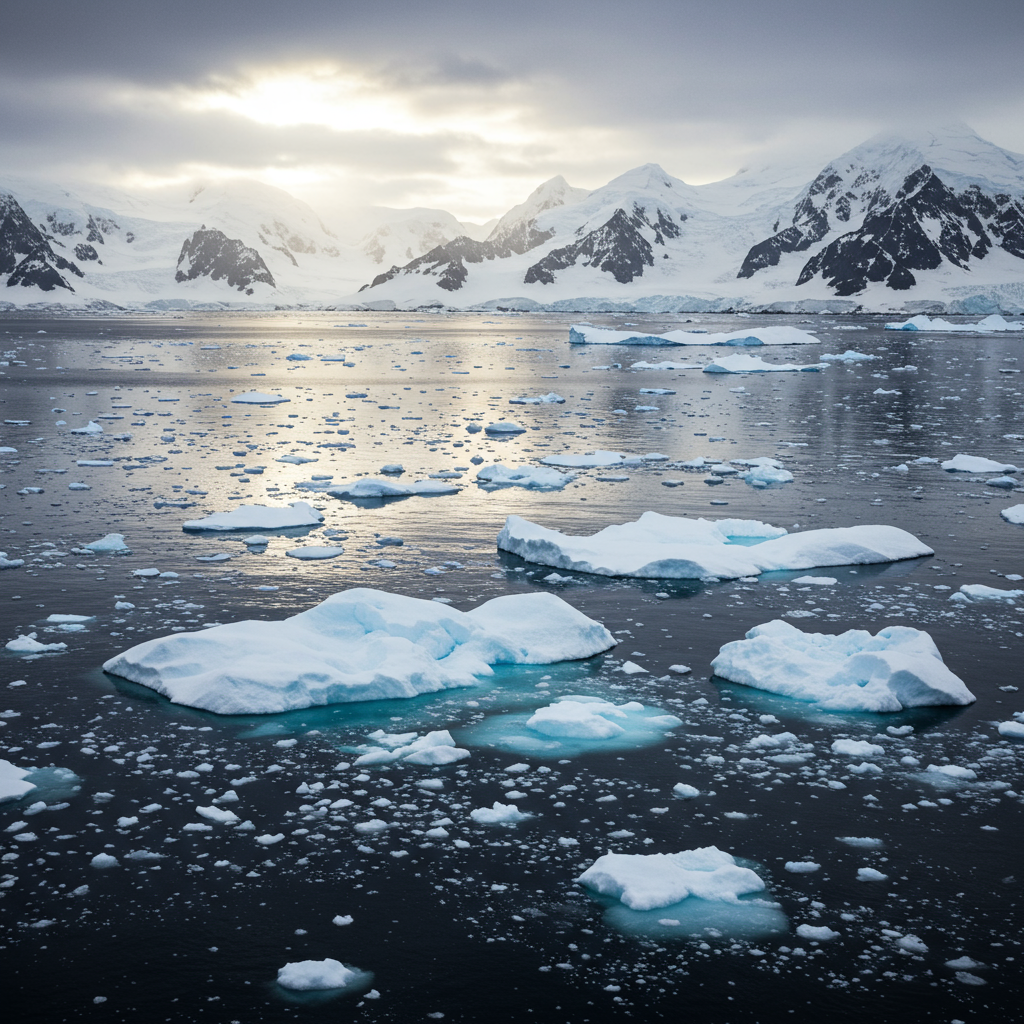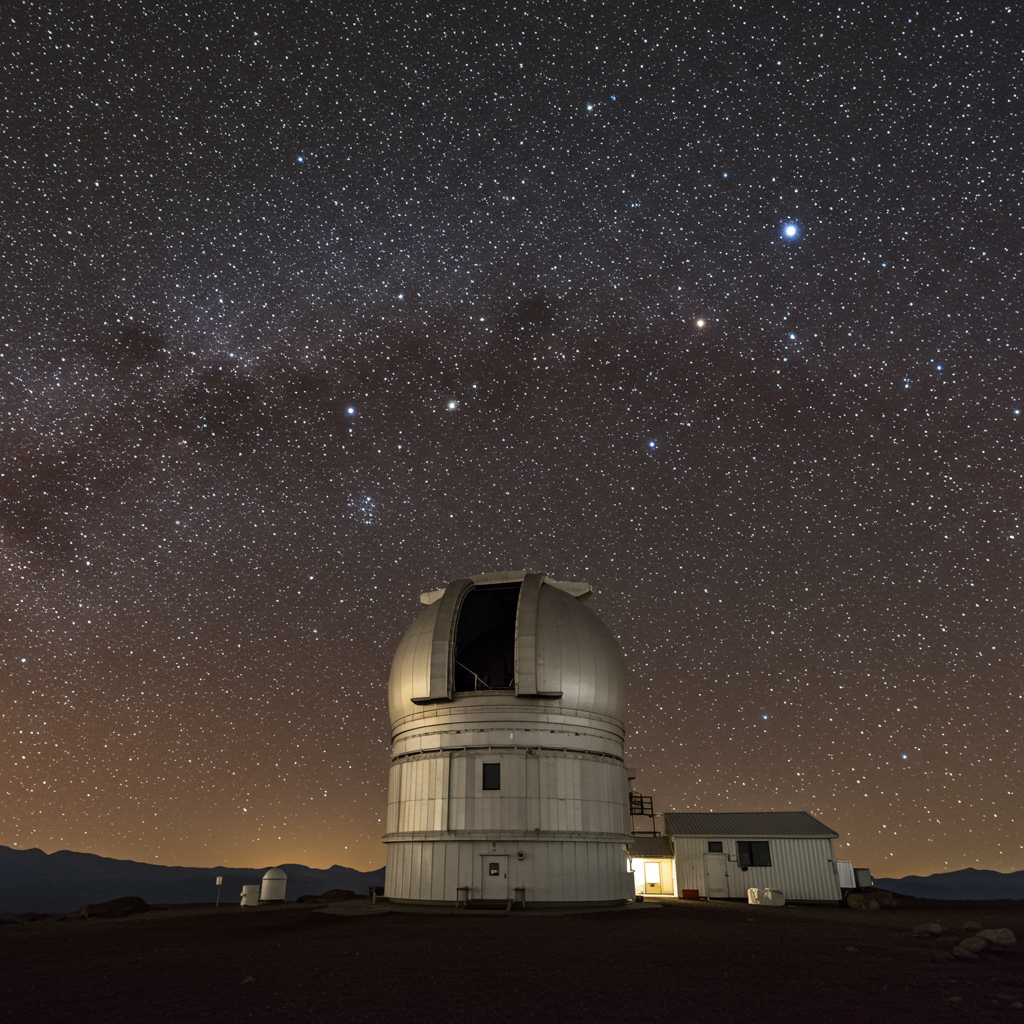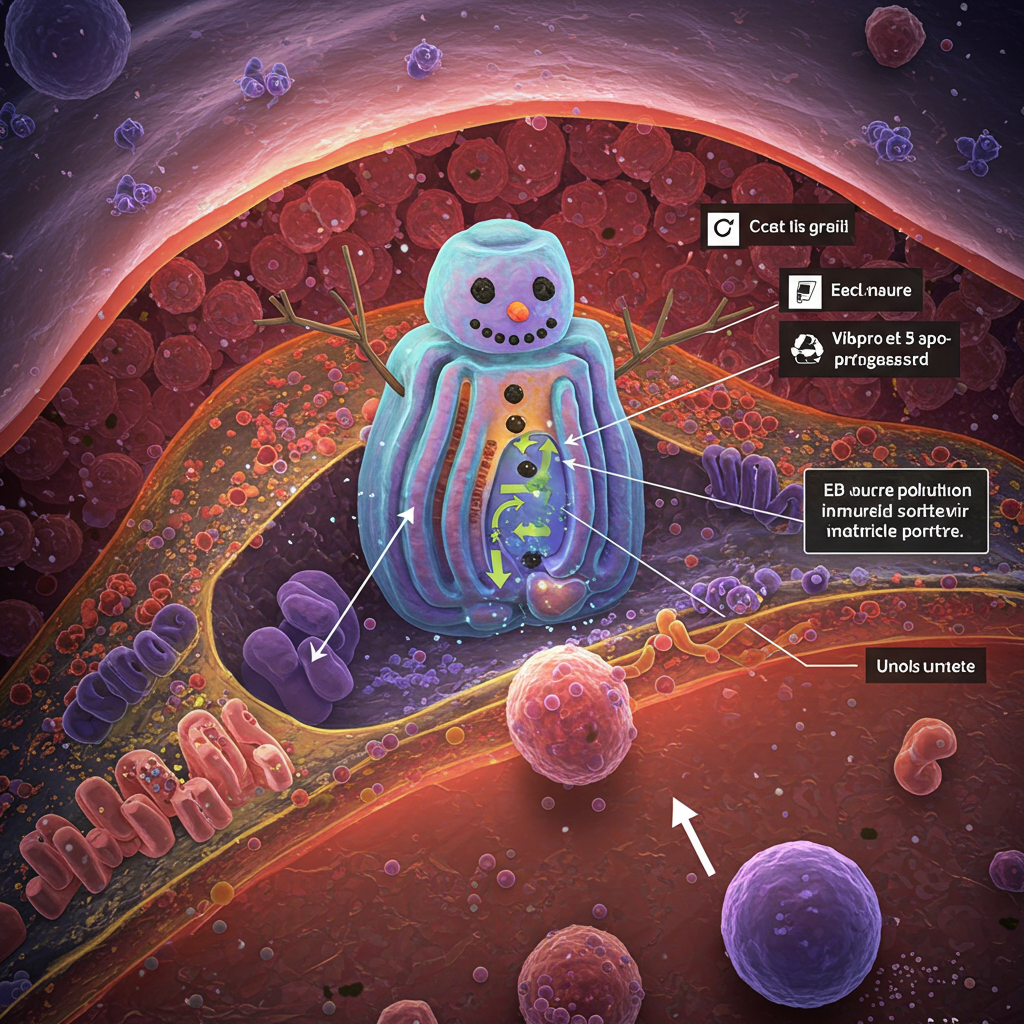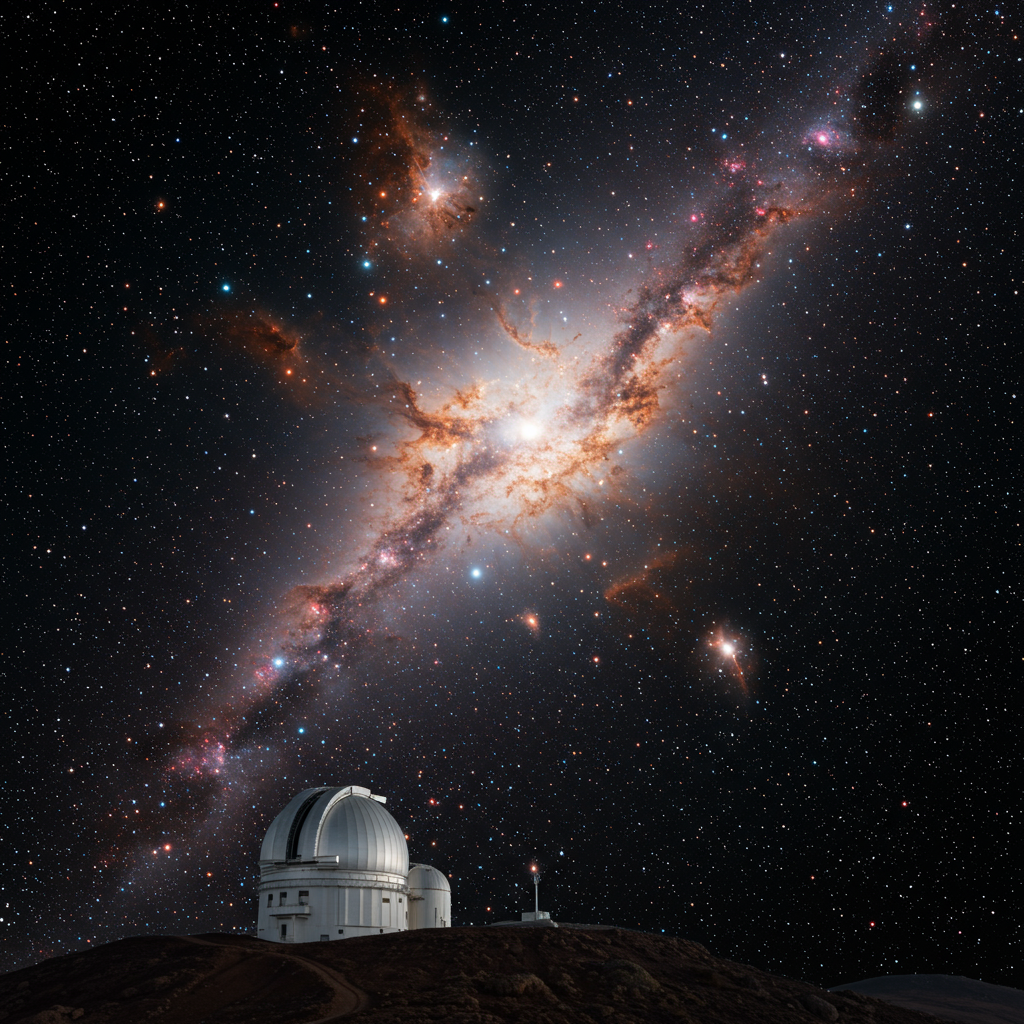The Southern ocean, Earth’s frigid guardian surrounding Antarctica, is undergoing a dramatic and unexpected transformation. For decades, scientists observed its surface waters gradually becoming less salty, a trend that helped maintain vast expanses of sea ice. Now, researchers reveal a sharp reversal: the ocean surface is growing saltier, coinciding with a rapid and unprecedented decline in Antarctic sea ice. This sudden shift signals a potentially dangerous new state for this critical polar region, with far-reaching global consequences.
Decades of Stability: A Freshening Ocean
For over thirty years, the Southern Ocean’s surface layers steadily freshened. This was largely due to meltwater from ice, creating a layer of less dense, fresher water atop the deeper, saltier, and warmer ocean currents. This layered structure, known as stratification, is crucial in polar regions.
A strong stratification acts like a lid, trapping warmer water below the surface. This limited upward heat transfer, allowing sea ice to form and persist, especially during the long Antarctic winters. This period of sustained freshening contributed to robust sea ice coverage around the continent.
The Sudden salinity Reversal and Ice Collapse
Around 2015, the long-standing freshening trend abruptly ended. New research, leveraging sophisticated European satellite data and robotic ocean floats, shows surface salinity south of 50° latitude is now sharply increasing. This unexpected change is happening rapidly.
The increase in surface salinity directly impacts ocean stratification. Saltier surface water is denser, weakening the layering effect between the surface and deeper layers. This allows warmer, saltier water from below to mix upwards more easily.
This weakening stratification has coincided with a dramatic loss of Antarctic sea ice. Since late 2016, the amount of sea ice surrounding the continent has reached multiple record lows, in both winter and summer. The scale of this loss is staggering; Antarctica has shed sea ice equivalent to the size of Greenland in recent years. This marks the largest environmental shift seen anywhere on Earth in the last decades.
A Dangerous Feedback Loop
The interaction between increasing salinity, weakening stratification, and sea ice loss creates a perilous cycle. As Dr. Alessandro Silvano from the University of Southampton, who led the study published in the Proceedings of the National Academy of Sciences (PNAS), explains, saltier surface water allows deep ocean heat to rise more easily. This warmer water melts sea ice from below, contributing to its decline.
Less sea ice means less white surface area to reflect sunlight back into space. The darker ocean surface absorbs more solar radiation, leading to further warming of the water. This warmer water then drives more ice melt, intensifying the cycle. It’s a dangerous feedback loop: less ice leads to more heat, which fuels even less ice cover.
The Return of the Maud Rise Polynya
A striking indicator of the weakened ocean stratification and increased mixing is the reappearance of the Maud Rise polynya in the Weddell Sea. Polynyas are large areas of open water that form within sea ice packs, often where warmer water rises from below or winds push ice away.
The Maud Rise polynya, a colossal hole in the sea ice near Antarctica, hadn’t been observed in this region since the 1970s. Its recent return, appearing notably large in 2016 and 2017 (reaching nearly four times the size of Wales), strongly signals a profound change in the ocean’s vertical structure and mixing processes. The formation of such a large polynya confirms that warm, deep water is now reaching the surface more readily, preventing ice formation.
An Unexpected Shift for Climate Models
The rapid nature and specific characteristics of this shift caught many scientists by surprise. Previous climate projections often anticipated continued surface freshening in the Southern Ocean, which would have maintained strong stratification and potentially supported stable or even increasing Antarctic sea ice cover in the coming years.
Aditya Narayanan, a co-author on the PNAS paper, notes that while a long-term decline in Antarctic sea ice due to human-driven climate change was expected eventually, the timing and suddenness of this reversal were not. The observed rapid reduction, contrary to models predicting enhanced freshening, suggests ocean salinity dynamics may play a more significant role than previously understood. This highlights limitations in current climate models’ ability to accurately predict complex ocean-ice interactions.
Professor Alberto Naveira Garabato, another co-author, emphasizes that these findings indicate current understanding may be insufficient for precise future predictions. Atmospheric changes also influence sea ice, but they don’t fully explain the sustained and rapid ice retreat observed since 2016. This points to the dominant role of oceanic processes, particularly the salinity-driven feedback loops now being identified.
Monitoring the Changes in Real-Time
The ability to detect and track this unprecedented shift has been made possible by advancements in ocean monitoring technology. European Space Agency satellites now provide near real-time data on changes in ocean surface salinity.
Complementing this, networks of floating robotic devices travel throughout the Southern Ocean, collecting detailed temperature and salinity profiles from the surface down through the water column. This combination of satellite and in-situ observations provides scientists with an unprecedented view of the shifting ocean layers and their direct impact on sea ice dynamics. It’s the first time researchers have been able to monitor such significant changes in the Southern Ocean in real-time.
Global Implications of a Shifting System
The changes occurring in the Southern Ocean are not confined to the polar region. They have profound global implications. Antarctic sea ice plays a vital role in the Earth’s climate system. Its bright white surface reflects a significant amount of solar radiation back into space, helping to regulate global temperatures.
Reduced sea ice means less reflection and more heat absorbed by the ocean, contributing to overall ocean warming. Warmer oceans can intensify storms and alter global weather patterns. Furthermore, the decline in sea ice shrinks habitats for iconic Antarctic wildlife, including penguins and seals, impacting delicate polar ecosystems. Some scientists are now exploring whether the Southern Ocean is undergoing a “critical transition” – an abrupt shift into a new, potentially permanent, stable state characterized by higher salinity and lower sea ice.
The consistency and persistence of the recent sea ice anomalies support this possibility. Understanding whether this is a temporary fluctuation or a lasting regime shift is critical for climate projections.
Frequently Asked Questions
What unexpected shift is happening in the Southern Ocean?
The Southern Ocean surface waters, which had been freshening for decades, are now rapidly increasing in salinity since around 2015. This reversal coincides with an unprecedented and sustained decline in Antarctic sea ice coverage. This is unexpected because previous projections often anticipated continued freshening and stable ice.
How does increasing salinity affect sea ice in this region?
Increasing surface salinity weakens the ocean’s stratification – the layering of less dense fresh water over denser saltier water. This allows warmer, saltier water from the deep ocean to rise more easily to the surface. This upward heat transfer melts sea ice from below, creating a feedback loop where less ice leads to more heat absorption, further accelerating melt.
Why is the reappearance of the Maud Rise Polynya significant?
The Maud Rise polynya is a large area of open water within the sea ice pack that hadn’t appeared since the 1970s. Its recent return, sometimes reaching the size of a small country, is a key indicator that warmer deep ocean water is now reaching the surface and preventing ice formation. This signals a dramatic change in the ocean’s vertical mixing structure, directly linked to the increasing surface salinity and weakening stratification.
Monitoring and Future Outlook
The findings underscore the fragility and rapid evolution of the Earth’s climate system. The unexpected changes in the Southern Ocean highlight the complexity of ocean-ice interactions and the limitations of current predictive models. The ability to monitor these changes in near real-time using satellites and robotic floats is invaluable.
Continued, detailed observation of the Southern Ocean is crucial. Scientists need to better understand the drivers of these rapid shifts to improve climate models and inform future responses. The changes in this remote polar region serve as a stark reminder of the interconnectedness of Earth systems and the urgent need for ongoing climate research and action.




